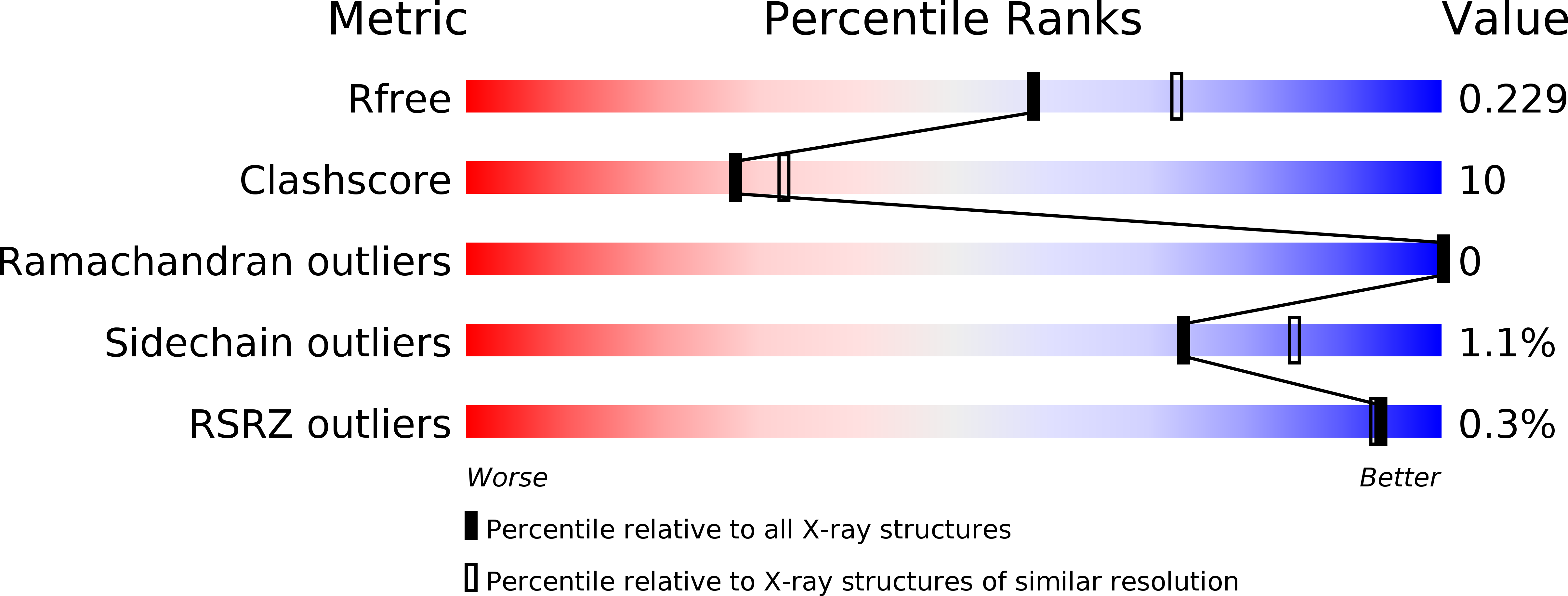
Deposition Date
2017-12-20
Release Date
2018-01-17
Last Version Date
2024-03-13
Entry Detail
PDB ID:
6BYM
Keywords:
Title:
Crystal structure of the sterol-bound second StART domain of yeast Lam4
Biological Source:
Source Organism:
Saccharomyces cerevisiae (Taxon ID: 4932)
Host Organism:
Method Details:
Experimental Method:
Resolution:
2.20 Å
R-Value Free:
0.22
R-Value Work:
0.16
R-Value Observed:
0.16
Space Group:
P 1


